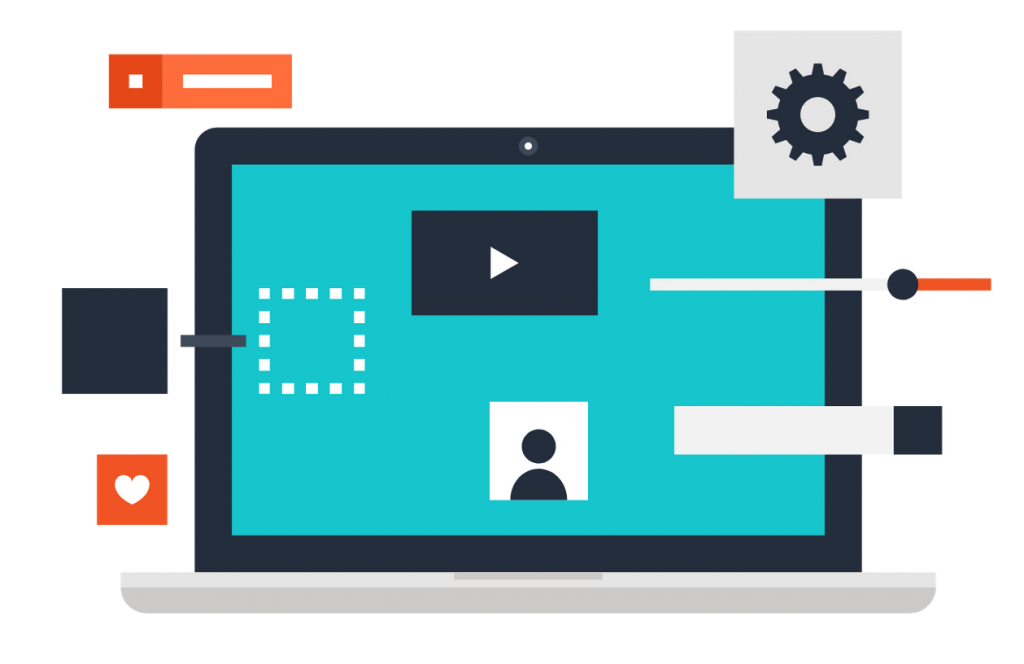Select, evaluate, and facilitate the use of adaptive and assistive technologies to support student learning
ISTE Coaching Standard (2014)

Resonant Ideas: Adaptive and assistive technologies
Equitable technology use depends on the availability of devices, but also on tools that enable all students to participate in classroom activities that use computers. One of my favorite – and challenging – quests was when I looked at Accessible and Adaptive Computer Science Instruction. In that post I researched alternatives and adaptations to block coding for visually impaired students, students with motor-control difficulties, and students who faced reading or language barriers.
Perhaps the most significant thing I learned from working on that post was the role a teacher can play in making students aware of the need for adaptation and inclusiveness in product design.
“Even one lecture in a class, even half a lecture in a class, can completely change the way a student thinks about the world and how people interact with technology. Because this is not something they have ever thought of before. Those small encounters with big ideas can be really impactful.”
Amy J. Ko (2018), Assistant Professor at the University of Washington Information School
This quote stayed with me and led me to assign a lesson to my 4th graders based on this Code.org lesson on Designing for Accessibility, prior to starting a multi-week game design project. Fourth graders may be a long way off from becoming product designers, but I hope this plants a seed so that whatever they grow up to do, they will consider the impact their work has on those with different abilities.